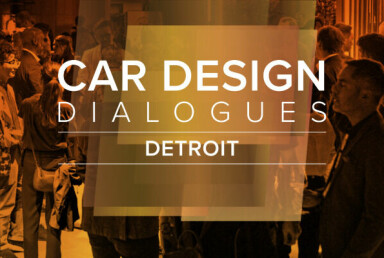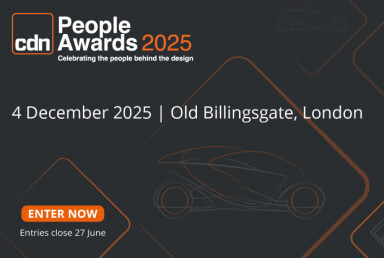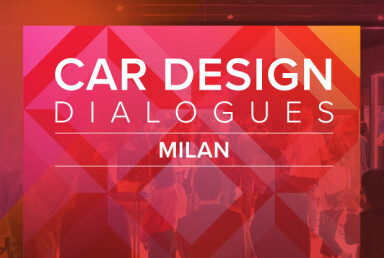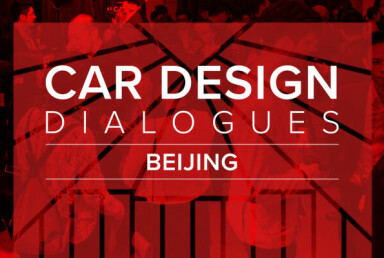Interview with Renault's design team
“Every new car needs to be a little revolution” – Inside Renault’s design mindset
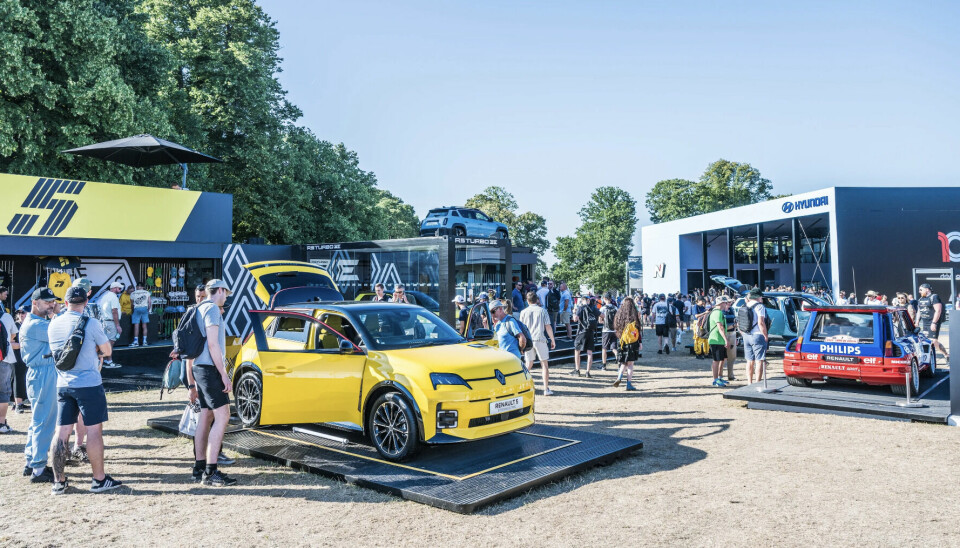
Car Design News caught up with Renault’s Gilles Vidal and Sandeep Bhambra at the Goodwood Festival of Speed to talk brand identity, affordable design and why a bit of disruption is essential
There are few better places to catch Renault’s design team mid-flow than next to the roaring racetrack at Goodwood.
In the thick of it all, Gilles Vidal, previous VP of design at Renault (now head of design for Stellantis’ European brands) and Sandeep Bhambra, chief designer for advanced design, took a moment to reflect on where the brand is heading.
The conversation spanned how to navigate brand coherence to redefining affordability, with the pair pushing forward the unified message – Renault doesn’t play it safe when it comes to design.

Car Design News: Are there any plans to celebrate the heritage of other models after the success of the Renault 5 Turbo 3e?
Gilles Vidal: There’s potential. Our friends in the strategy department are assessing the potential of this but there’s no real plans at the moment. This being said, we are careful not to abuse the idea of the heritage model.
On the other hand, we need to concentrate on making super innovative and modern ranges, which is the bigger proportion of what we are doing.

CDN: There’s a lot of variety in Renault's line-up currently, with some questioning the coherence of the overall brand – is this a purposeful decision?
GV: It’s true and it’s on purpose. The Renault 4 and 5 E-Tech have their own existence and their own design which is separate from everything else.
We are in a world now where if a brand stands for something obvious and understandable then you can start to play around with different designs. We need to evolve quickly and to be super creative for every new model. It’s up to us to find the right ingredients that maintains the essence of Renault.
I think it’s dangerous to only be doing a copy and paste of the same design. There are other ways to do brand coherence, but you need very strong products, and the public are getting bored very quickly – so every new car needs to be a little revolution.
CDN: Speaking of the public getting bored quickly, do you think they will soon get bored of SUVs?
GV: SUVs possess the silhouette that means the most in terms of perceived value while being a functional car in terms of practicality, therefore they are still attractive to more people.
What might happen with SUVs is they will try to become more efficient so they might be brought lower and as a result better for aerodynamics and less energy consuming.
In terms of what might kill the SUV – perhaps if MPVs came back in a sexier shape?

CDN: How do you design in affordability, like with the Twingo for example?
GV: Affordability goes hand in hand with a simple car. There are fewer bits and pieces, and the design will be easier to develop in terms of engineering so it’s easier to build. This is something you must think of as you draw up the designs, you have to imagine how it will be built in an affordable manner while still giving character to the vehicle.
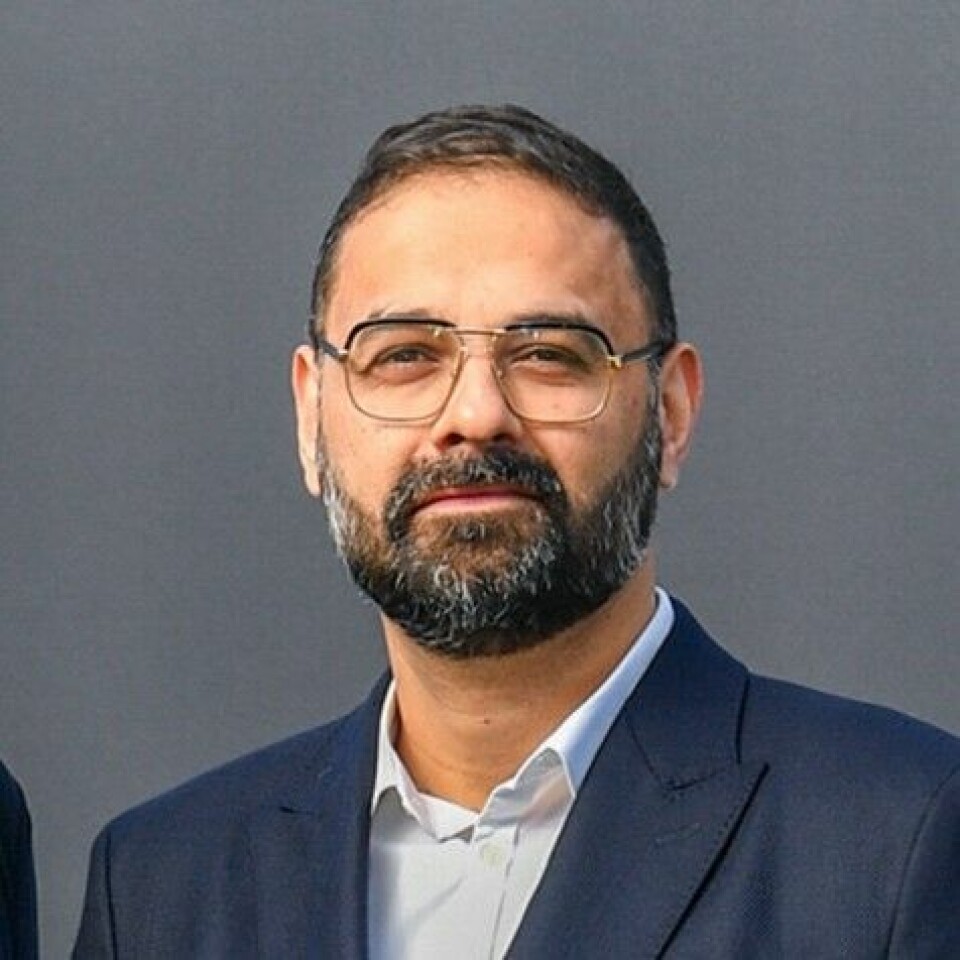
Sandeep Bhambra: The Twingo is more affordable as there are a smaller number of overall pieces. For example, the light signature is included in the headlamp so it’s in one piece which reduces the number of parts just for lighting, which is the most expensive part in the front of the car.
The ‘French’ thing is that we dare to grow and push outside of the design box but excel in execution
CDN: With a fast-moving market and new competitors, what are your plans to keep up?
GV: Our rich history is still valuable and plays a key role in our brand. We have a story to tell, and the clients need to feel this in the product. The ‘French’ thing is that we dare to grow and push outside of the design box but excel in execution. That’s a twist that only the French can do.
The brand’s aim is to make affordable cars that are desirable and emotional with strong technological content and connectivity.
CDN: Keeping all of this in mind, how would you describe your current design direction?
GV: We are looking for daring designs, a mix of generous shapes with a lot of tension and then, suddenly, you have geometrical cut lines or graphics. There’s a contrast between some of the technical elements/graphics and flowing shapes.
Renault is a humanist brand, it’s very close to the people. While we project into the future with technology and fresh ideas, we retain our humanistic element.
SB: We are following two directions. The first is the direction from the Embleme concept, which is bigger segment cars, and then there’s iconic objects like the R5 and R4 E-Tech which are inspired by heritage and nod to the iconicity of the original.
Being a French brand, we instil a kind of French flair into everything we do and build it into each vehicle’s genetics. For us, this means the vehicles have tight proportions and lots of love is put into the headlights and taillights to give that extra care that you typically see in French products.

